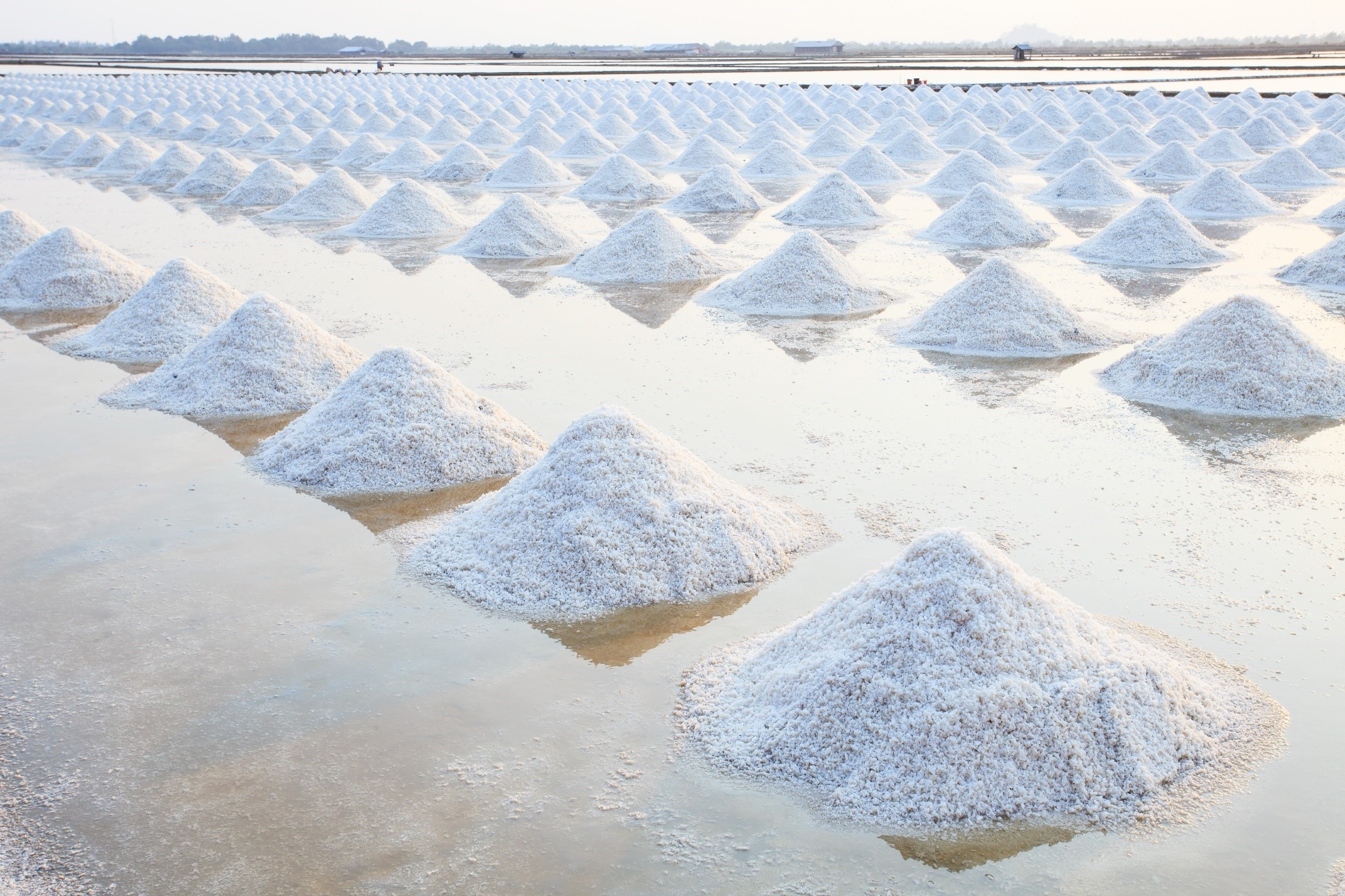Joanne Slavin, PhD, RD is a leading nutrition researcher in the areas of fiber and general wellness. We sat down with her to get her perspective on the future of nutrition, including hot topics like plant proteins, changing fiber regulations, and what’s on the horizon.
Dr. Slavin is a Professor in the Department of Food Science and Human Nutrition at the University of Minnesota and a member of our Scientific Advisory Council.

 Joanne Slavin, Ph.D., RD, is a Professor of Food Science and Nutrition at University of Minnesota, Minneapolis, USA. Dr. Slavin’s research is focused on human metabolic and invitro studies in the areas of digestive health and satiety, with interventions that include carbohydrates, fibre, protein and whole food studies.
Joanne Slavin, Ph.D., RD, is a Professor of Food Science and Nutrition at University of Minnesota, Minneapolis, USA. Dr. Slavin’s research is focused on human metabolic and invitro studies in the areas of digestive health and satiety, with interventions that include carbohydrates, fibre, protein and whole food studies. 

